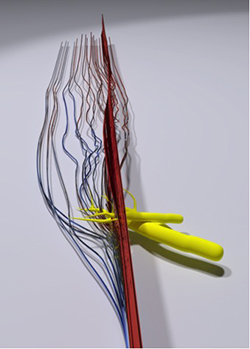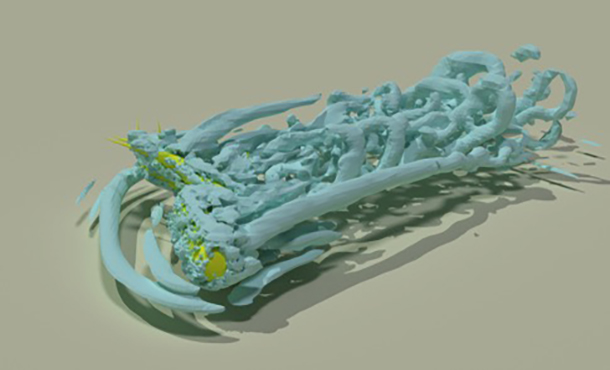
Simulated 3D flow structures around trees with Liu’s model.
Liu awarded grant from Amazon to explore cloud computing for river restorations
3/15/2016
By Yixuan Li
UNIVERSITY PARK, Pa. — As cloud computing has an ever-increasing impact on our daily lives, researchers have started to look for ways to integrate this new platform into their current practices.
Xiaofeng Liu, assistant professor of civil engineering, recently received a $9,000 grant from Amazon Web Services (AWS) to conduct a 12-month research project on computational modeling for river restorations using the cloud.
Liu is eager to explore the future of computational research.
“Many things are migrating to the cloud and this new technology is reshaping our way of doing things,” said Liu. “Civil and environmental engineering is a very traditional field. How can it adapt to and utilize these emerging technologies? That is something I’m very interested in.”
“Penn State has been and always will be at the forefront of embracing new technologies to advance fundamental science,” he added.
Liu’s proposal seeks to advance the science of river restoration, a multi-billion dollar industry with broad socio-economic and ecological impacts. His project will construct a three-dimensional model that can capture the details of the flow structures in rivers adjacent to restoration projects and evaluate their effectiveness. Such a 3D model will be a future-generation designing tool for many federal and state agencies, namely the U.S. Bureau of Reclamation, to help restore rivers to their natural status.
Historically, rivers were designed mainly as conduits to convey flood water, and flood control was the primary design criteria for many river engineering projects. But now, people are starting to see more of their values in recreation, biodiversity and ecological services. With his new computational model, Liu hopes to help further the development of multi-purpose functionalities for rivers.
“One of the projects we are doing right now is to reintroduce trees to rivers, to help engineers evaluate the ecological benefits of different design options,” said Liu.
According to Liu, trees falling in rivers, a natural process, causes hydraulic gradients that create diverse living environments for different kinds of species such as fish. While some fish may like hanging out in the calm wake behind the trees, others may enjoy a more rapid flow at the tip of a log jam. Even for them, those trees could provide a place to rest as well as a great breeding ground.
With a higher demand from consulting firms, governmental agencies and traditional civil engineering companies, Liu is facing an increasing computational need for his research projects. The credits Amazon provided him offer a timely alternative from computing resources on campus.
While he is not yet able to compare the pros and cons between using on-campus resources and the cloud, he looks forward to the ease of maintenance the cloud may provide.
Besides his research, Liu also sees potential educational values in introducing cloud computing into current curriculums.
“It’s important to prepare our next generation of civil engineers to be familiar with new technologies in the market," he said. "I see a lot of opportunities in our curriculums to improve computer literacy of our students. I will definitely showcase the cloud computing results to my class.”
AWS Cloud Credits for Research aims to support new projects that seek to build cloud-hosted publicly available science-as-a-service applications, software, or tools and/or seek to migrate a research process or open data to the cloud. Awarded researchers receive the grant credited to their AWS accounts as computer hours, which are available to them over the course of 12 months.
Liu joined Penn State in 2014 as part of the cluster-hire of the Institute for CyberScience. His research focuses on computational fluid dynamics, environmental fluid mechanics, sediment transport and erosion control, land surface process and morphodynamics.

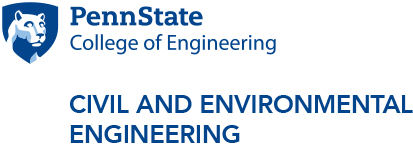
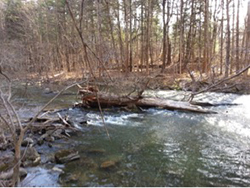
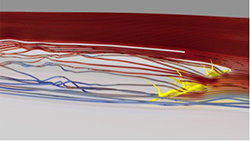 Streamlines showing flow structure
Streamlines showing flow structure